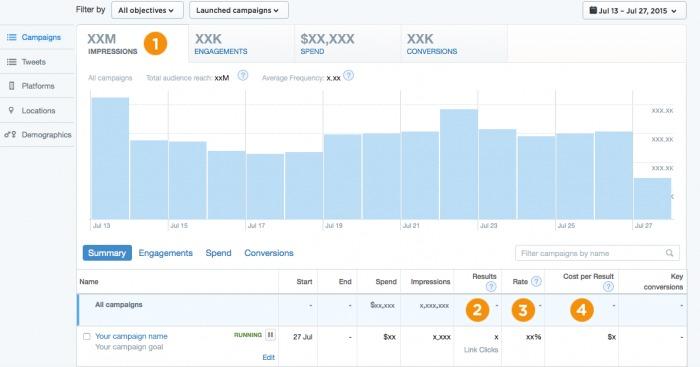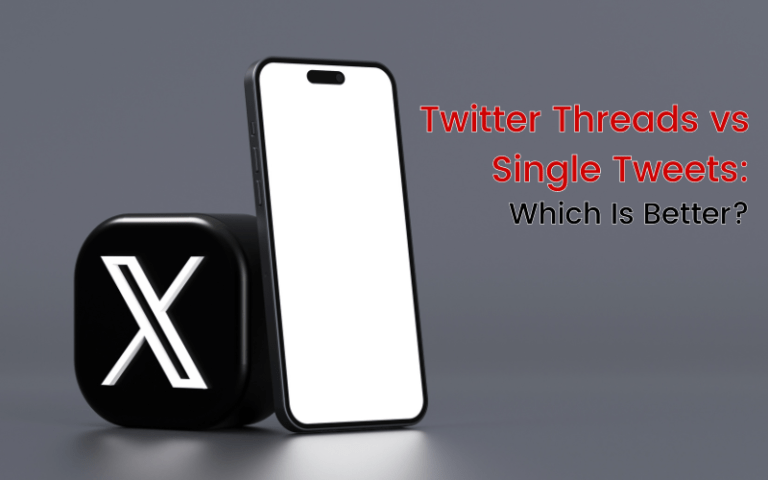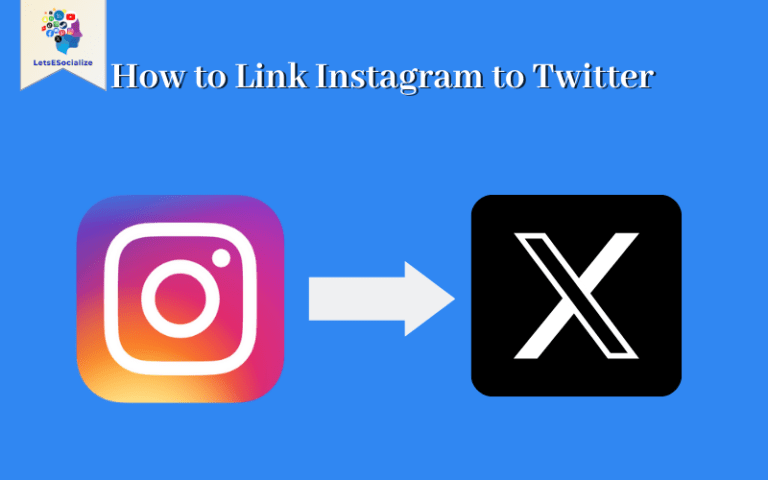Evaluating the performance of Twitter ad campaigns is crucial for optimizing results and maximizing your return on ad spend. By digging into the right metrics and analytics, brands can gain powerful insights into what’s working and how to improve.
In this comprehensive guide, we’ll explore the key concept and best practices for measure Twitter Ads Performance.
Table of Contents
Setting Objectives and Defining Success
Begin by clearly defining campaign goals and what success looks like. Common objectives include:
- Website clicks or conversions
- Lead generation
- Mobile app installs
- Brand awareness or favorability
- Video views
- Follower growth
- Engagement rate
Tie every goal to a quantifiable metric or KPI, for example, the target number of impressions delivered or increased ad recall for an awareness campaign.
This focuses efforts on outcomes that matter and enables optimization towards specific targets.
Tracking Core Metrics in Twitter Ads Manager

Twitter provides robust analytics within Ads Manager to monitor key performance indicators. Take advantage of these built-in reports:
Campaign Reach and Frequency
Engagement Performance
Landing Page Metrics
Analyze this data daily to assess campaign trajectory and quickly catch any issues. Optimize based on insights.
Also read: Case studies of successful Twitter Ads
Calculating Return on Ad Spend (ROAS)
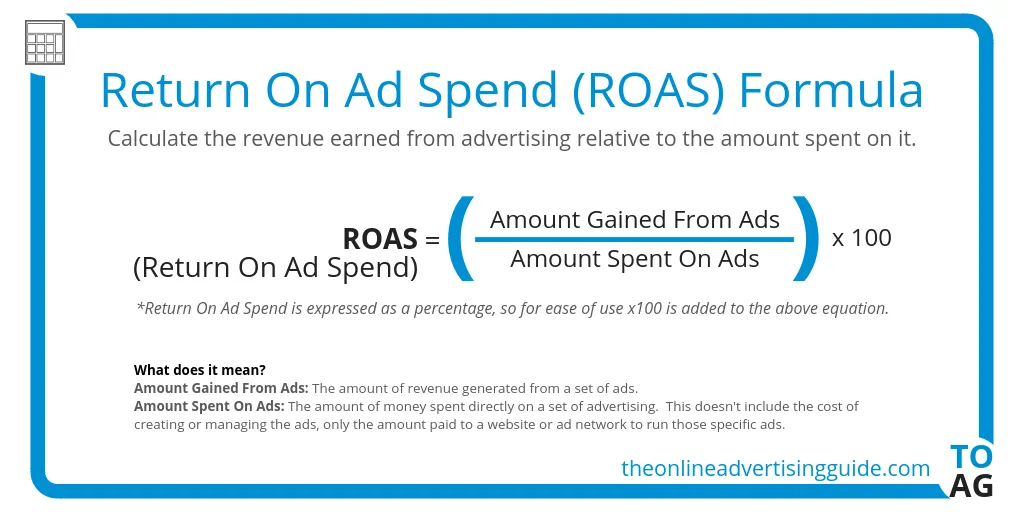
The key performance indicator for Twitter Ads is ROAS – return on ad spend. This measures the profit generated per dollar spent on advertising.
ROAS = Revenue from campaigns / Total ad cost
To calculate:
ROAS demonstrates financial return and helps determine efficient spending levels. A ROAS above 1:1 means campaigns are profitable.
Conducting A/B Testing
A/B split testing different ad variations is vital to improving performance over time.
To A/B test:
The scientific testing process lets you refine ads by learning which resonates best with your audience.
Measuring Brand Lift
Brand lift reveals how your ads impacted brand perception and sentiment. Twitter’s Brand Lift study can measure the following:
Brand studies require large sample sizes for statistical significance. But they provide powerful brand health insights.
Optimizing Based on Campaign Insights
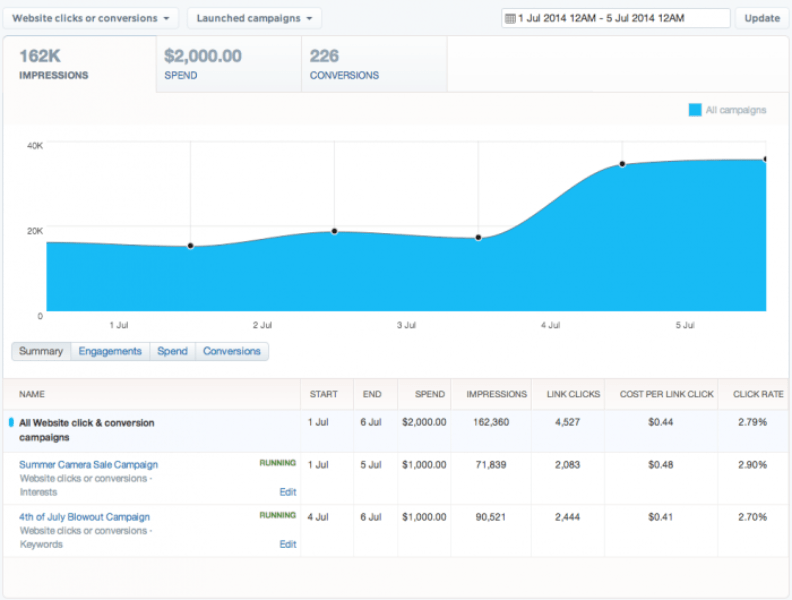
Consistently act on the insights uncovered through measurement to improve future Twitter Ads performance:
Regular optimization drives major lift over time as you align campaigns with the highest converting audiences and creatives.
Building Reporting Dashboards
Design custom reporting dashboards to track KPIs in one place over time easily. Useful features:
With campaigns scaling, unified dashboards create visibility so you can take action faster.
Leveraging Third-Party Analytics
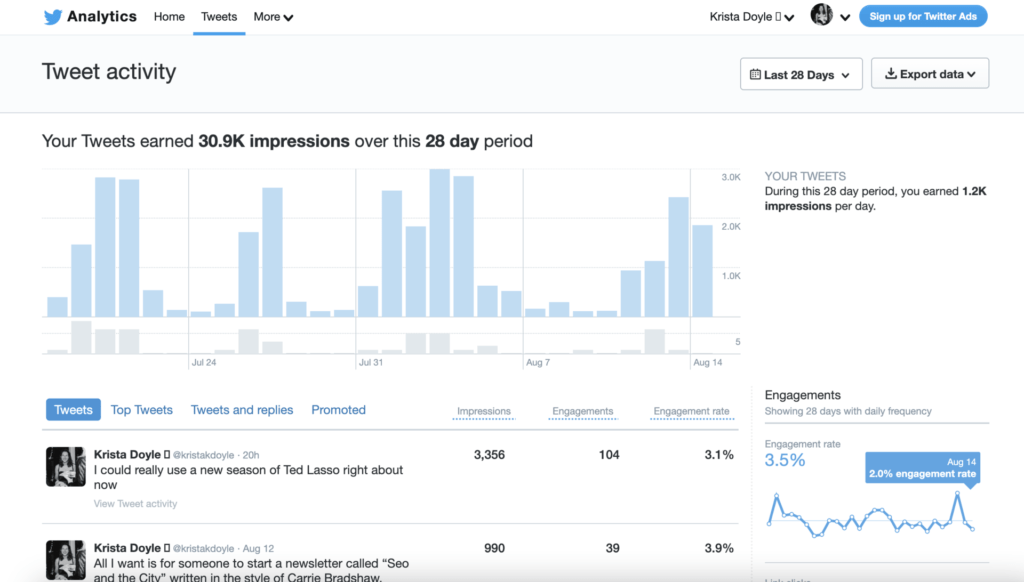
Complement Twitter’s internal analytics with third-party tools for deeper analysis:
Each platform provides additional visibility based on its specialized dashboards. Integrate where helpful.
Twitter’s Ongoing Analytics Developments
Twitter is investing heavily in analytics capabilities to help brands:
As Twitter ads analytics grow more robust, marketers gain more power to track returns and optimize performance.
Conclusion
Measuring Twitter Ads should be an integral part of any brand’s campaigns, not an afterthought. By setting clear objectives, tracking engagement and conversion metrics, calculating true ROAS, running A/B tests, monitoring brand impact, and optimizing based on insights – you’ll ensure dollars are being spent efficiently in driving real business results.
Analyzing performance data leads directly to higher returns. As Twitter expands its analytics capabilities, building a measurement-focused approach is imperative to maximize ad impact long-term.

